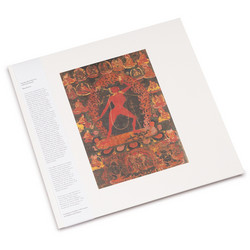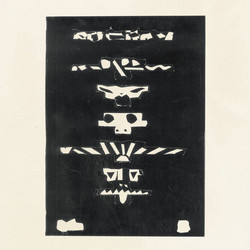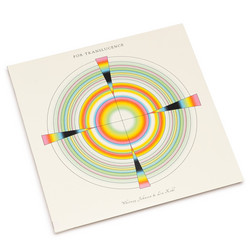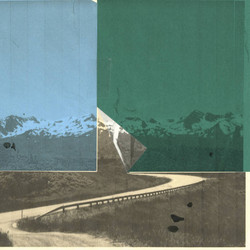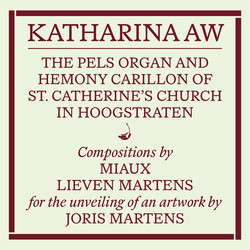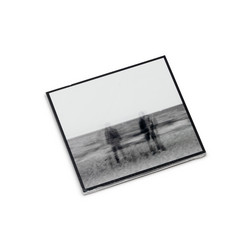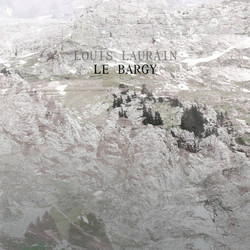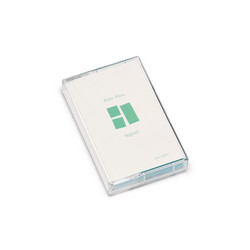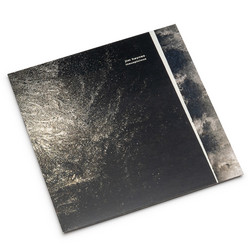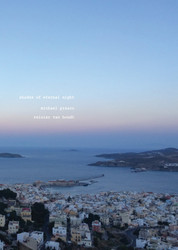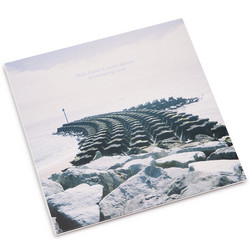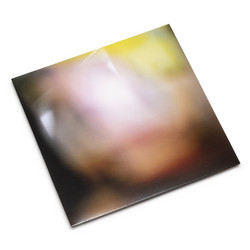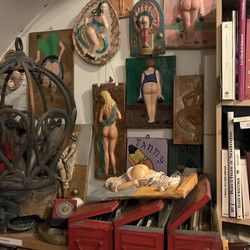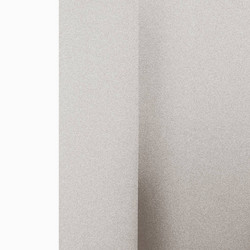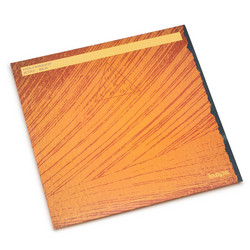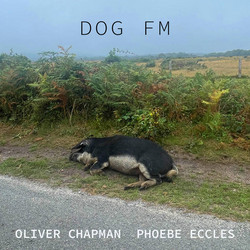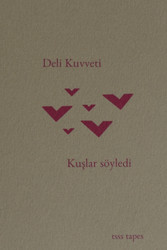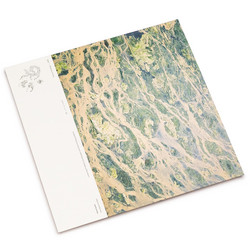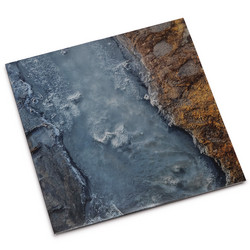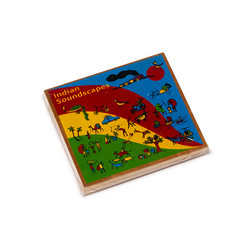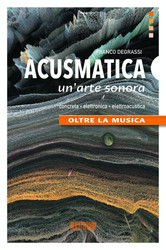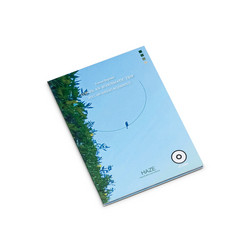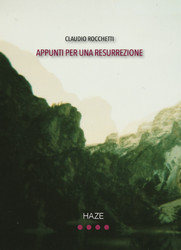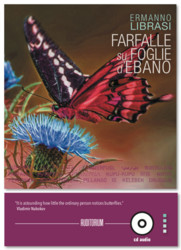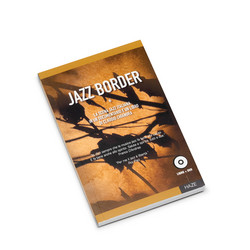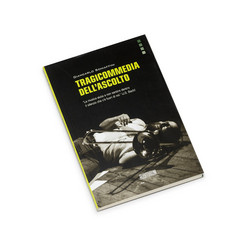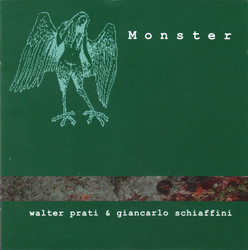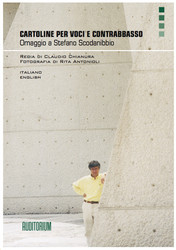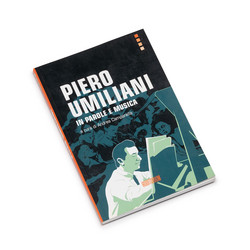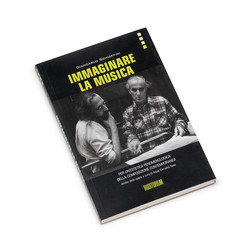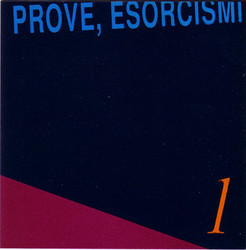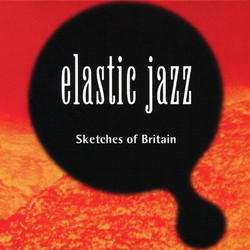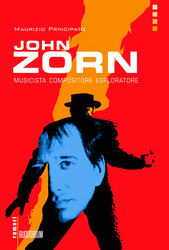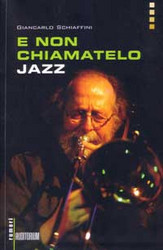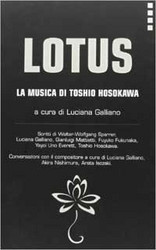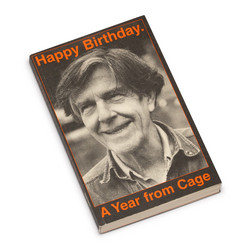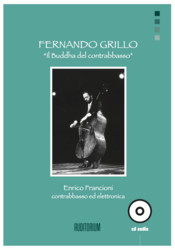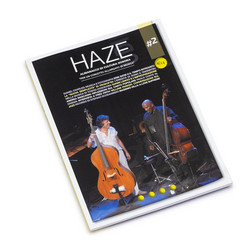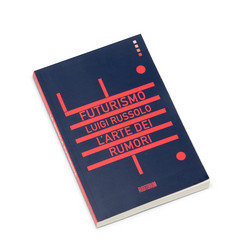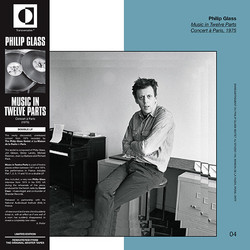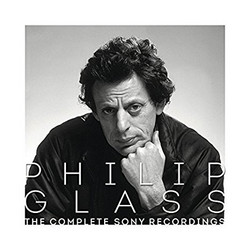These acousmatic works, united by a unitary narrative path, refer to a compositional "canon", implicitly inaugurated by Luc Ferrari in the 60s, which proposes real "sound photographs", which he defined, even ironically, "anecdotal music". Just as some of the trends in painting, plastic arts and photography are figurative - that is, they represent the world in an iconic way (with a greater or lesser level of realism) - in the same way many of Ferrari's acousmatic works consist, at the base, of Microphone recordings of well-defined natural and human events independent of the artist's will.
This practice had been experimented by Pierre Schaeffer, from the first examples of Concrete Music in 1948 up to the Symphonie pour un homme seul in 1950, and then set aside in subsequent years when he had consolidated a working group, of which Luc himself Ferrari was part, dedicated to a project of classification and recomposition of sounds on a morphological basis which tended to avoid the use of particularly figurative and evocative sounds. Starting from the early 1960s, Ferrari decided to resume the use of this type of sound and embarked on an individual path independent of Pierre Schaeffer's group, including in his acousmatic works an increasingly present "anecdotal" component until it became exclusive (in the “Presque Rien n.1 le lever du jour au bord de la mer”, for example), or at least absolutely central even when the sound recordings, often subtly reworked in the studio, without ever altering the full recognition of the sound sources, were sometimes added to non-figurative ("abstract") materials that were integrated into the flow, strengthening its evocative nature, or, on the contrary, representing for the listener a sort of "point of view" of the composer regarding realistic sound images.
It is a path that manifests some affinity with that, born later but today much more known and celebrated, defined as the “soundscape composition”, inaugurated by R. Murray Schafer, strongly linked to an idea of acoustic ecology. Ferrari did not manifest an explicitly ecological attitude (even if implicitly his works suggest a respectful "listening to the world" and a full "artistic" attention to every sound of nature and man). He distanced himself from the theoretical approach of the “sound landscape”, an approach that he considered too tied to a nostalgic idea of a time now irremediably past1. Inspired by the Ferrari "canon" I did not, therefore, carry out an analytical work on the sound landscape in which I recorded. I also concentrated on the attempt to capture and underline long sequences of iterative sounds, natural or mechanical, in which the listener can spontaneously lose himself in listening, even in “reduced” listening, the famous listening model which, according to Schaeffer, forgets the source of sounds and focuses on their pure morphological quality.
The reduced listening of short sounds, produced by musical instruments or by any type of sounding body, allows, according to Schaeffer, to isolate the sound objects, the basic units of the Schaefferian building. It is a complex exercise, which involves repeated and "ascetic" listening by the composer-researcher, who tries to snatch all its "external" references from the sound sign to bring it back to its bare form.
It is possible, however, that sometimes even a "common" listener, the user of the artistic work and not the creator, can immerse himself in this type of practice when, as Denis Smalley points out, he finds himself in front of some environmental sounds: for example, by listening for a long time to the sound of a stream one can maintain, at the same time, the awareness of the “reality” of the stream while sinking (and this is reduced listening) in the spectromorphology of the complex weaving of infinite drops that follow one another and overlap. In Traces it is perhaps possible that this type of listening can prevail when you come across long repetitions of (potential) sound, tonic or complex objects, the product of the shooting of cicadas, crickets, rain, cars whizzing continuously, mechanical devices that rotate, braking of the train that concludes the work, etc. Furthermore, silence is the protagonist in some sections of the work, as a dense background from which, at times, sound entities of ephemeral life emerge. What kind of listening do I suggest you do? From what has been said it is clear that thinking of a traditional “musical” dimension is totally useless. It is useless to expect themes, developments, both from a "popular" and a "cultured" perspective: the length of events and the lack of evolution would be unbearable.
Allow me to suggest a "meditative listening", as when dealing with a natural sound background while dozing or reflecting with closed eyes, without an aesthetic judgmental attitude. That's all.
In the immediately pre-pandemic period, I carried out some sound recording sessions in Puglia (in southern Italy) in the Alta Murgia area (in Spinazzola and Poggiorsin), and in the Murgia Barese (in Corato, Cassano and Altamura), in the open countryside or on farms and outlying villages. During the medical lockdown I produced the compositions at my home studio in the spring of 2021.
2CD DVD-sized 4-panel digipak, with 12-page booklet
